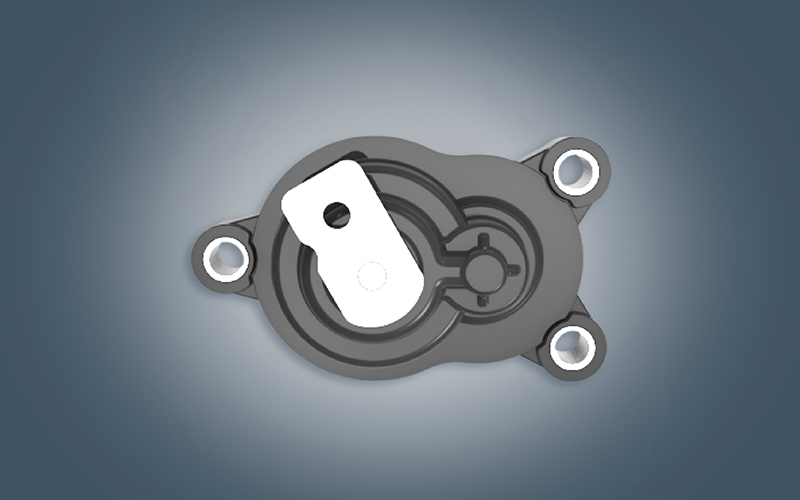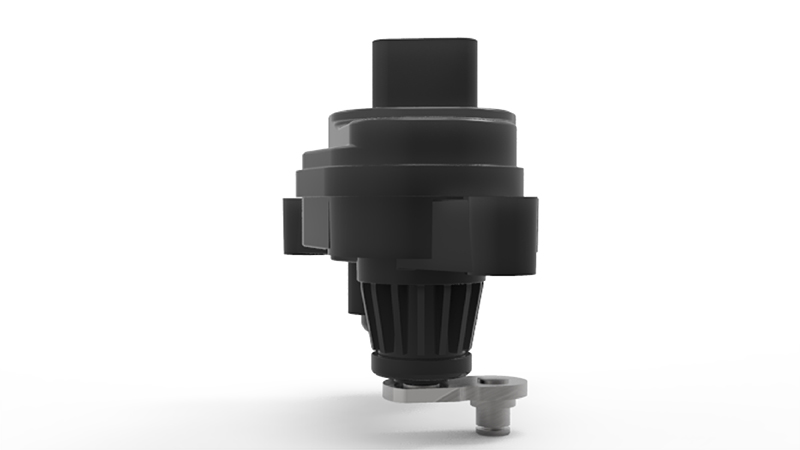
When trying to increase fuel economy in an internal combustion engine, the downsizing of the engine itself is a way to go to comply with stringent emission regulations that are enforced on global automotive market. Although some studies show that here are better ways to save fuel, including hybrids, diesels, and other advanced technologies, engine downsizing is still widely considered the most effective strategy to improve the efficiency of powertrains. A downsized engine offers different benefits: reduction in CO2 and NO2 emissions and in fuel consumption, decrease in the weight of engine block and lesser swept volume by piston.
Despite of its lower displacement, the performance of a downsized engine can be maintained by injecting more air into the combustion chamber to burn additional fuel. Turbocharging provides the engine with the mass of air needed to ensure highly efficient and clean combustion. One of the main problems with the use of only one turbocharger is that they do not provide an immediate power boost when you accelerate, as it takes some time for a turbine to get up to the speed before boost is produced. One way to decrease this turbo lag is to implement variable geometry turbochargers.
FAIST’s range of electronic actuators includes VT-REA, actuators specifically designed to ensure the regulation of the variable turbine is precise and timely. Especially on gasoline engines, the higher variability in the flow rate of air and the higher exhaust gas temperature create additional challenges in the use of a variable geometry; we developed VT-REAs to be the most compact actuators capable of exerting precisely controllable torques in any engine condition.

Riccardo Bernabei, Senior Product Engineer in charge of VT-REA projects, is happily satisfied with the results achieved so far: all of our VT-REAs can operate at any temperature between -40° C and +160° C, and have been tested for 400 hours at 180° to simulate the abrupt stop of a vehicle during a hot summer day after a long driving streak, without any failure. Besides the thermal shock tests, the product has been tested also for leakage and resistance to vibration, and it offers a reliability that is out of the ordinary, contained in a very compact packaging. It is declined in three different versions, with different packaging and connector orientation, of which the smallest is around 85 mm per 50 mm per 85 mm in height. Easy to personalize according to the specifications of the customers and to fit the different applications, it delivers an exceptional Holding Torque of 1,0 N/m at 160° C. Fixing points, crank and pins, connector orientation and shape can all be adapted to the needs of the specific client application, contributing to a product that is as compact in its dimensions and reliable in the torque it exerts, as it is customizable.
The subcomponents used in this product, such as the sensors, are latest generation, and allow a smooth functionality of the actuator in all conditions. For example, the linear position sensor module with Hall-effect element permits the application in harsh transmission environments, such as the high-temperature profiles we find in gasoline engines.
The validation plan of the product is made by FAIST, widening and applying the customers’ specification and requirements of the specific application, enriched through our lessons learnt on any process and subcomponent, to become the most reliable validation plan and to ensure the robustness and accuracy of the product we deliver to our clients - that throughout its 15 years life. The actuators are tested for dust infiltrations, salt corrosion, water tightness, electromagnetic compatibility, wear endurance, thermal shocks and resistance to vibrations. After hundreds of hours of testing, we are convinced and proud to be offering our clients electric actuators that are reliable, controllable, compact and customizable.



